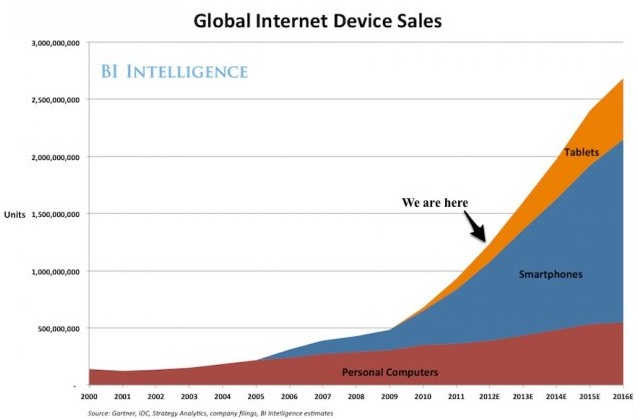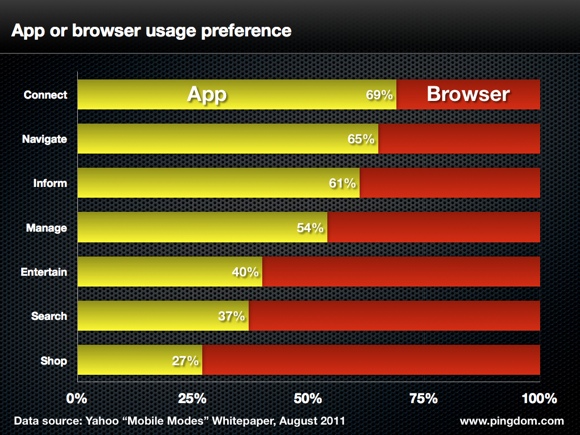|
October 2012
Interview
AutomatedBuildings.com
|
[an error occurred while processing this directive]
(Click
Message to Learn More)
|
 EMAIL
INTERVIEW
– Ged Tyrrell and Ken
Sinclair
EMAIL
INTERVIEW
– Ged Tyrrell and Ken
Sinclair
Ged Tyrrell is the founder and Managing Director
of UK-based Tyrrell
Systems and Tyrrell Products.
Ged
has been talking and walking programmable building automation and
integration systems since the late eighties. He not only has extensive
knowledge on his subject matter, he is also passionate about it. It’s
this passion that has led him to establish a number of companies
focused on building systems integration. For the past three years, Ged
has been leading his team in the development of a powerful and
user-friendly mobile App to reconnect existing users, and a growing
number of new users to control and monitor their built environments.
This was at a time when other companies were showing very little
interest.
App VS Web?
Apps bring
convenience and access to information in an easy-to-use,
intuitive interface, because the development of an app is finely tuned
to the needs of the user.
With
the total number of apps available approaching the million mark, is an
app the best way to manage your building? Or is web still king? We
asked a building management expert for his thoughts.
Sinclair:
Ged,
how is your business going?
Tyrrell: It’s doing really
well. Tyrrell Products is going from strength to
strength. When we started Tyrrell Systems in 1998,
our focus was to address the
core needs of our customers with carefully designed, custom-made
products. So it seemed like a natural progression, and a great
opportunity, to offer these products to a wider market. This is
what led to the creation of Tyrrell Products.
Sinclair:
Just how big is the mobile revolution?
Tyrrell:
As you would imagine, as an integration engineer, I have seen the
industry’s perception of controlling a building via a mobile change
dramatically. At one point the concept was alien and hardly discussed,
to the point of not being considered at all.
However, the
mindset of engineers, consultants, and facility managers
has now opened up and taken a leap forward. For the first time they are now listening to the end-user.
We’ve all noticed
how the smartphone has changed our interaction with
work, friends and family. But it has also given us a fantastic opportunity
to drill into our building performance.
We are no longer
chained to the desktop; workforces are more
mobile-savvy. The adoption of smartphones and tablets across the globe
has almost rendered the desktop obsolete. Almost but not quite. (Fig 1
below)
The number of
sites we’re called to manage at any one time is growing
all the time. So we increasingly need access to information to any site
from anywhere in the world. It’s this demand that makes using
‘apps’ to control and manage our buildings so convenient.

App VS Web?
The big question
is, can you do as much on an app as you can on a traditional web-based
interface? The answer is a resounding yes.
We know engineers are time-poor and task-heavy and so they demand
instant access to any site, a snapshot of their site performance, a
list of alarms, the ability to drill down to adjust points, amend
schedules. With an app, they can.
It’s clear that users prefer to do certain tasks such as connecting,
navigating, informing and managing in an app, over a browser. And it is
these characteristics that help manage a building. eBMS/Mobile fulfils
this for not only the engineer but our end-users, the office managers,
sales executives and receptionists who want to be empowered in their
own buildings.
[an error occurred while processing this directive]Sinclair:
Your new release of User Views on eBMS/Mobile focuses on the end-user
rather than the engineer, is that the right approach?
Tyrrell: The industry shifted
and we moved with it. In the beginning we focused
on presenting a fast feature-rich user-experience with zero
engineering.
We called this Engineering Views, with the aim to provide fast
and easy access to schedules, points, histories and alarms. We wanted
to achieve deployment in as little as 10 minutes and to date we are
proud of our achievements.
Engineering views still exists and with the touch of a button, the
screen flips over to an intuitive drop-down points list of all the
adjustable points, on the selected floor plan.
We then started
to talk to in particular with retailers and middle to upper class
homeowners and we saw a need for something new. These users said to us
things like, “excuse me, what is a ‘point’? what’s a ‘history’?” and
“Oh a schedule is the time clock, like my air con at home?”.
This feedback highlighted a need and we wanted to respond with the
fastest way for an engineer to setup screens in logical groups. To
deliver content in these groups through beautifully designed automatic
widgets, which the end-user can use and understand effortlessly.
This is called
User Views on eBMS/Mobile, and we believe this approach will allow and
encourage all users to engage with their building systems, whether they
are at home or at work, whether it is their core job or just another
additional element to their ever-expanding role.
eBMS/Mobile is an App in the truest sense of the word by creating a
library of widgets that represent real life elements such as
temperature, blinds, lights, heating etc. We have provided a fixed, yet
flexible way of looking at the things that matter most to the end user
in their building.
By holding libraries of these widgets in the App, all we need to pass
between the Building Automation System and the App is pure data. This
all keeps the user experience as fast as possible.
Our focus has always been to listen to the users of our applications and User Views is a testament to that.
Sinclair:
Where can interested parties learn more about User Views on eBMS/Mobile?
footer
[an error occurred while processing this directive]
[Click Banner To Learn More]
[Home Page] [The
Automator] [About] [Subscribe
] [Contact
Us]
 EMAIL
INTERVIEW
– Ged Tyrrell and Ken
Sinclair
EMAIL
INTERVIEW
– Ged Tyrrell and Ken
Sinclair EMAIL
INTERVIEW
– Ged Tyrrell and Ken
Sinclair
EMAIL
INTERVIEW
– Ged Tyrrell and Ken
Sinclair
